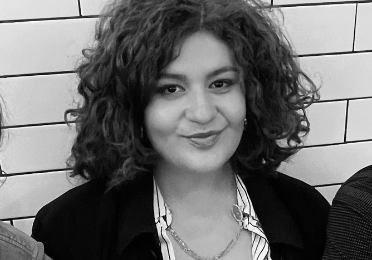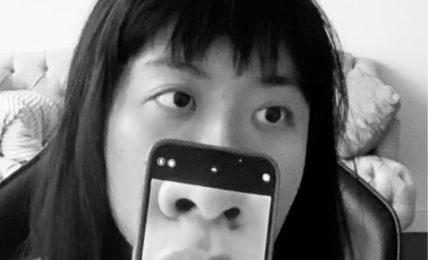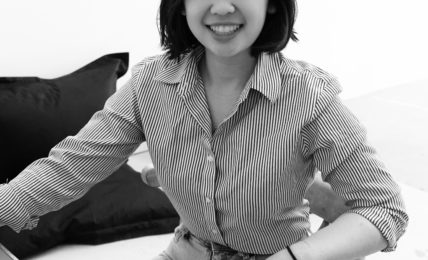Digital America interviewed Mihai Moldovanu in April 2022 about his work Bliss of the Epileptic.
:::
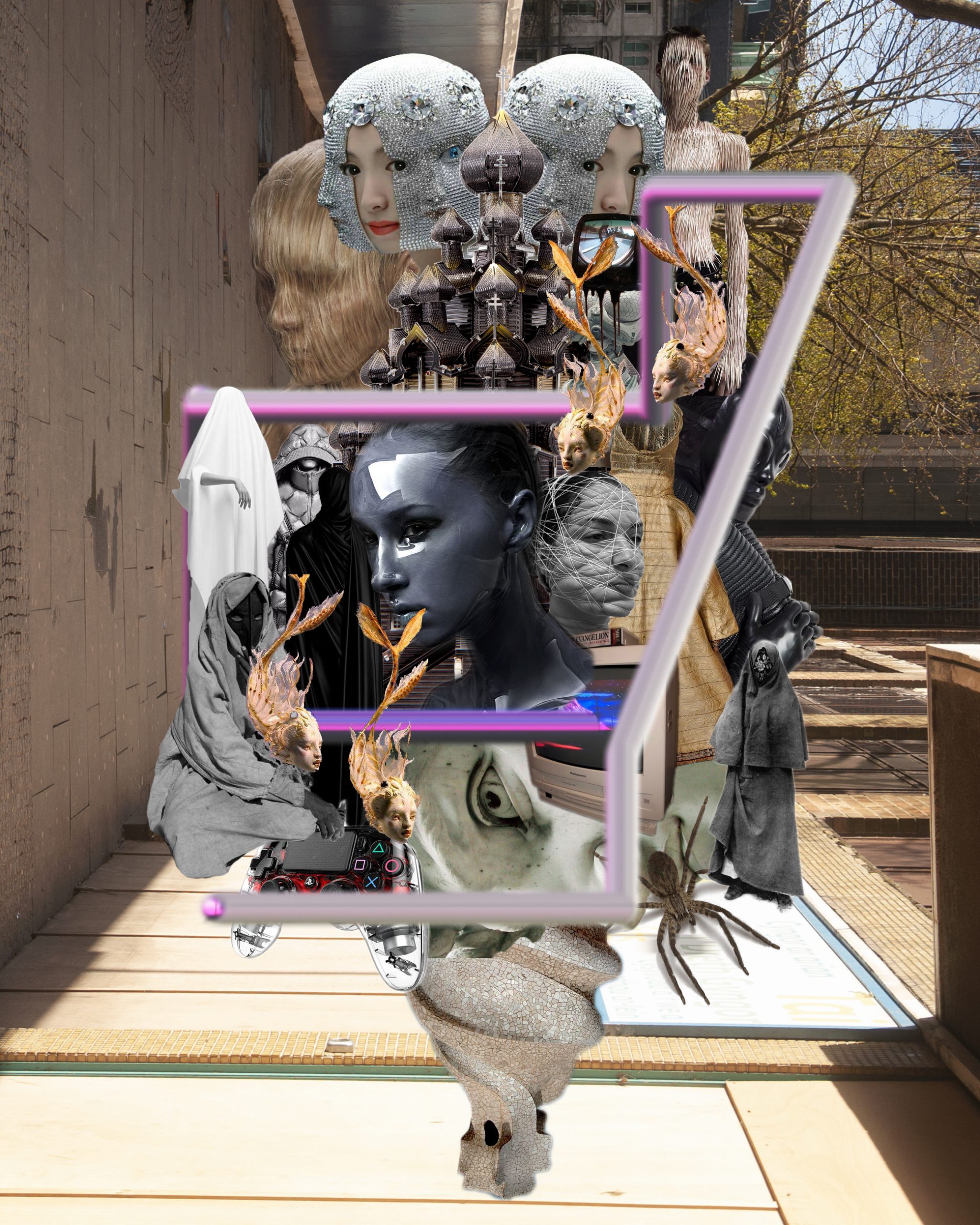
Digital America: How does your background in photography inform your digital art practice? How has it evolved over time?
Mihai Moldovanu: That’s an interesting question that I have been asking myself as well. Learning photography before I started doing collages has taught me which images “work” and what exactly makes these images have an emotional response. To try to explain the effectiveness of different images and boil it down to a set of formulaic instructions is the wrong way to look at things in my opinion. To truly understand images, you have to look at a lot of them, only then can one understand the Aura that makes a photograph or a drawing—work. Fortunately, I had access to a huge artbook collection at the university I attended. I would also like to mention the amazing tutors and the guest lecture program that have supplied us with a lot of ideas.
DigA: In your work, images overlay in harmony (and sometimes tension) to create seemingly cluttered, but also balanced compositions. When creating your pieces, do you set out with a specific image in mind that you work towards? Or do you sort of flow with your work, making changes and realizations as they reveal themselves to you?
MM: I am a person who, like a lot of people I suppose, have become chronically online. I consume a lot of media and I was thinking about how this habit impacts me and other people’s psyches.
If TV was the defining 20th-century art medium, the internet will most likely be the 21st. Every TV remote holder is playing the double role of the passive consumer and that of the collagist/montagist. Computers allow us the extension of the second aspect, we can store images more easily, collage them more easily, and share them more easily. As a result of this, the internet has become the collagist’s heaven. To ease our database explorations everything has become hyperlinked and algorithms are designed to help us find exactly what we are looking for. Only there is a catch, you can’t monetize anything that is created and shared on these platforms. When the creation and dissemination cost falls to almost 0, the users expect to get these things gratis. This is until shareholders found a solution to this problem – user data collection and usage of this data for consumer manipulation. It is at this point that the modern internet was born, programmers were told their main goal is to keep people online as long as possible so that we (the shareholders) can collect as much data as we can.
Basically this is what informs my style, I hate this medium (the internet), but I also love it, the access to images and the possibilities for creative work are almost limitless. I usually start with a few images I’ve saved from different platforms and go from there. I keep overlaying many layers, sometimes dozens, I stop when I see something that works for me. Sometimes I use images from my photography archive or pictures of my drawings. I also have a cheap digital drawing tablet I use for basic patterns and drawings.
DigA: Your work feels almost illusionistic. I am at times left guessing as to what an object is. Is this hallucinogenic-type style done purposefully so that the viewing experience can be subject to change as it is revisited?
MM: I’m really happy to hear this. I look at other people’s work and think to myself, how the hell do they do it, their art seems to talk to me specifically, about the state of the world, about some secrets or something like that. Good art and psychedelic states have a lot in common. Under the influence of psychedelics everything seems full of meaning, everyday objects seem alien to us, constantly shapeshifting from one thing to another. The same thing happens when you listen to an amazing piece of music, everything radiates meaning and you notice things that normally you wouldn’t think twice about, it changes you. I can only hope to make people feel something like this.
DigA: In addition to your photographic collage work, you published the audio work UR-Fascism (An Audio collage) Read by AudibleAnarchist to your Soundcloud. The fast-paced, chaotic nature of the piece reminded me of your visual work—giving an almost overwhelming though calming experience. Does your photographic practice inform your sound work, or visa versa? Have you ever thought about making a multimedia piece?
MM: All I did was combine a jungle album by Peshay called Studio Set with Audible Anarchist reading. I’m sorry if you thought the track was made by me, I should have been clearer about the author of the music. Jungle just has something special, the feeling of speed and excitement, you just don’t hear this in the music made today. And why would you really, we’re all pessimistic about the future and all the great music from today has this pessimistic tone to it.
I can’t enter the state of mind needed to make something creative without music. You know this feeling like it’s not you who is making things, like the critic inside you becomes less loud and ideas just flow out of you. There’s so much truly amazing music on Soundcloud, people make this stuff and I’m left in awe. I’d like to try to make more serious sound work someday, all I ever did was a few basic experiments with glitching and slowing down tracks.
I became obsessed with fascism a few years ago, I was watching documentaries about it, like some middle-aged dad watching documentaries about Hitler on the History channel. Why is fascism coming back all the time, why doesn’t it just disappear, these questions preoccupy me even now. I don’t think we’re going to get rid of it any time soon. UR in UR-Fascism is a prefix used to denote something being the original or earliest, Ur-continent, Ur-language, ur-science. I think what Umberto Eco was alluding to is that fascism is something new and old at the same time, it’s something that has been here and will keep returning in many forms. What would it take for this to stop would most like involve a restructuring of society to the level we are not yet ready to undergo. Not even 80 years have passed since the death of Stalin and Hitler and we have the return of the same forces in Eastern Europe. I’m talking about the invasion of Ukraine by the Russian Federation of course.
DigA: In describing your work, you state “The unrealized ideas of our past haunt us everywhere.” I read this as meaning it’s hard to realize our potential when being in the moment. How does this belief resonate through your work?
MM: We had a plan to deal with our problems, we had a hard look at ourselves and we said that this is not working out, all these wars, famines, even the drudgery of growing and preparing food, the so-called labour of life, we had a plan to deal with it all. Now we don’t want to change anything, as I said we’re afraid, we just want to be left alone, to deal with our problems on our own, but even then, we seem to be sad, like we’ve lost something, but we don’t know what. Hauntology is this idea that not only things that happened in the past affect the present, but also things that weren’t realized affect the present. That’s what I meant I guess, it’s like these unrealized ideas haunt us, they just won’t let us alone, like ghosts that haunt us.
DigA: Can you share what you’re working on currently?
MM: Since the war in Ukraine started, I found it very difficult to work on anything creatively. I found myself feeling like Adorno said “To write poetry after Auschwitz is barbaric”. The only thing I can do now is bear witness to the endless suffering of the human condition. But inevitably I respond to the Infinite Demand to make art, I make a drawing here and there, I listen to music and look at what artists have been doing around the world.
:::
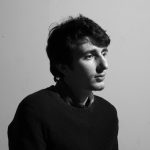
Mihai Moldovanu is an interdisciplinary visual artist working in digital and analogue mediums. Mihai’s works have been dealing with ideas such as the zeitgeist, capitalism and the unconscious. He earned his Bachelor of Arts in Photographic Arts from the University of South Wales in 2017.

